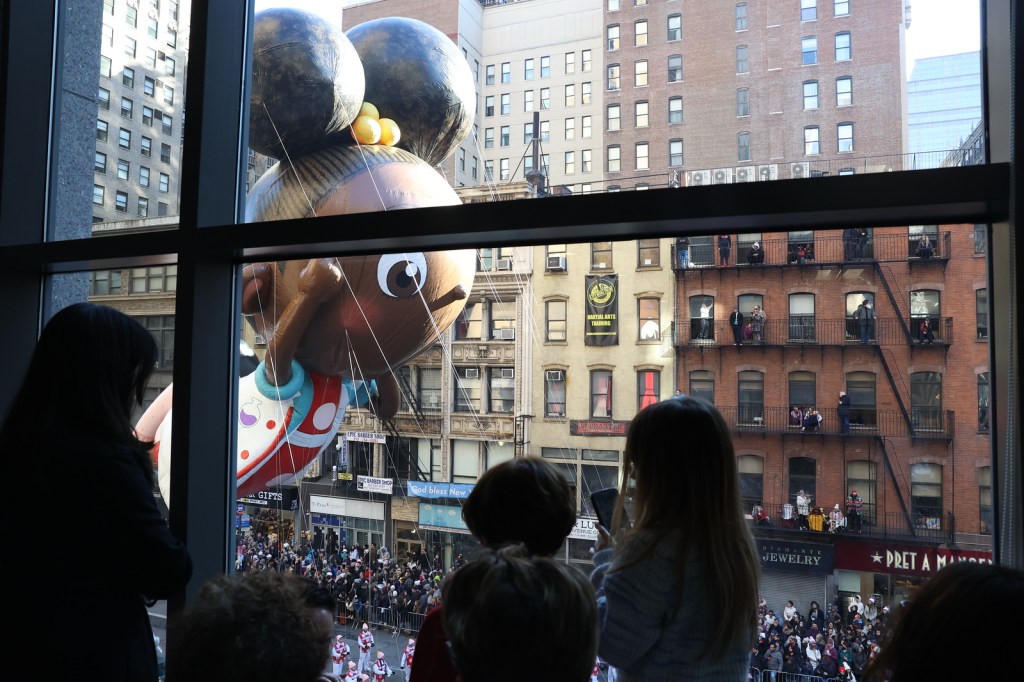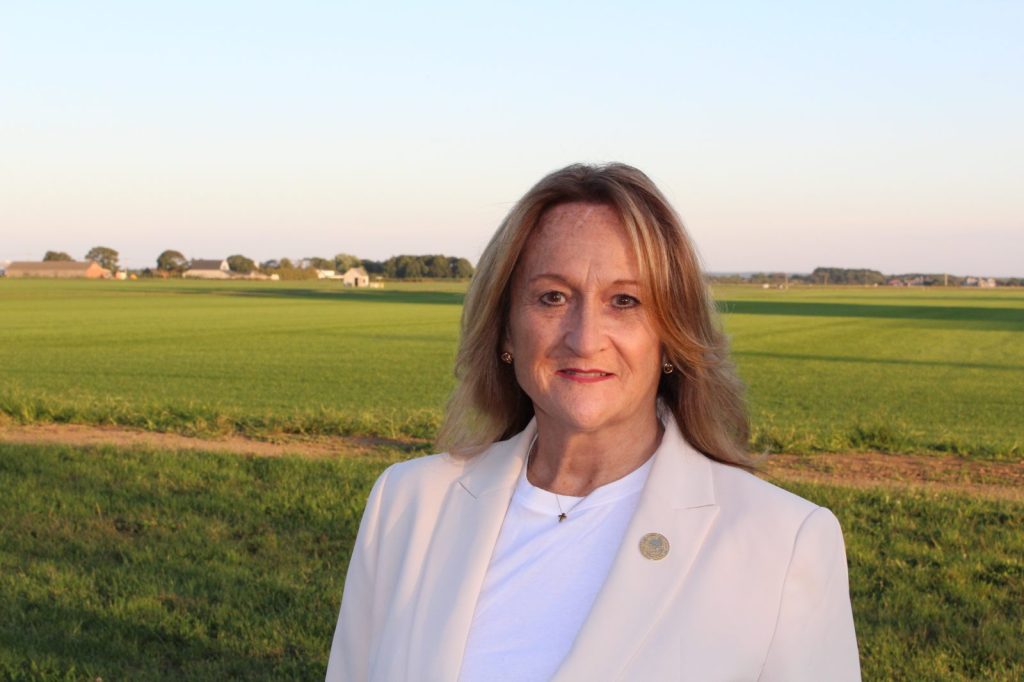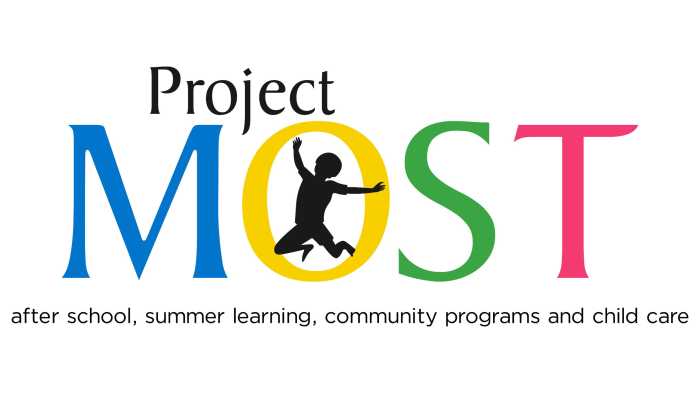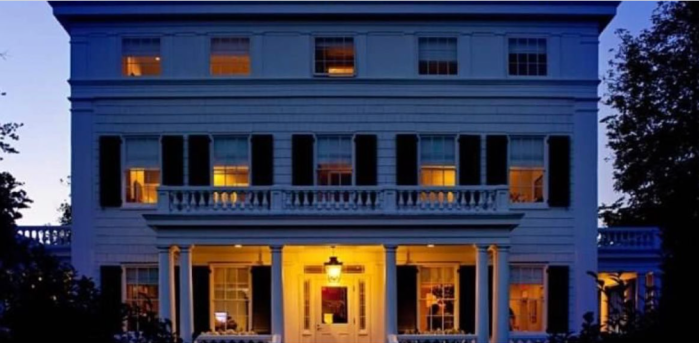Centuries-Old Ledgers Found in East Hampton Barn Give Glimpse of Bygone Era
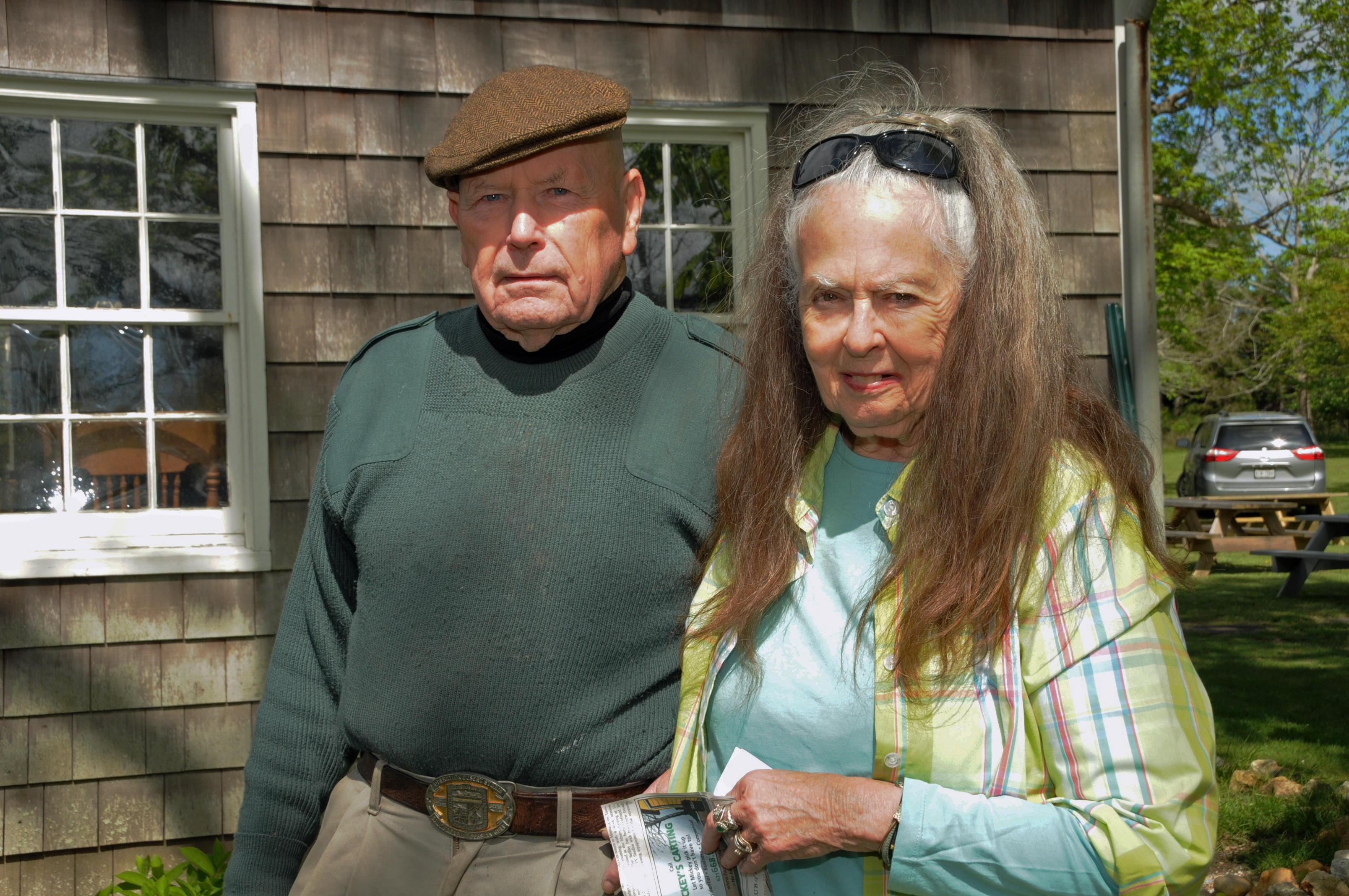
Prudence Carabine and her 82-year-old husband bravely climbed a creaky ladder while cleaning out an old family barn in East Hampton when they came across something unexpected — a set of old account books dating from the late 18th and early 19th centuries that were believed to be connected to a general store. The discovery offers a look into the town’s early history.
Carabine, a 13th-generation Bonacker whose family arrived in East Hampton in 1648, has served as head of the East Hampton Historical Farm Museum for the past decade. Deeply involved in preserving the region’s past, she has long worked to share stories and artifacts that reflect what life was like for early settlers. Her interest in local history is personal, having come from one of the town’s founding families, and a spokesperson about the challenges of being a longtime resident in a place where land has become increasingly expensive.
“There was an animal living up there,” she said of the barn loft. “I am so glad they didn’t hit the garbage. These are priceless because they simply cannot be replaced.”
She handed the ledgers over to the East Hampton Library, where they were preserved and digitized for the public to see. The ledgers won’t be on public display due to their condition, but they are viewable online at the library’s website, according to Andrea Meyer, head of collection at the library.
“There are six account books in total, ranging from the 1790s to the 1840s,” she said. “Because of animal damage, including chewing and waste, they needed significant cleaning before we could even open the pages.”
Though originally believed to be connected to the Springs General Store, the books likely belonged to Daniel Dayton, the son of Revolutionary War veteran Jonathan Dayton. His daughter, Maria Dayton, married Col. William Parsons, and the ledgers were eventually passed down through the family, according to Meyer. They ended up in the care of Marie Louise Dodge, who Meyer says is a descendant deeply committed to preserving local artifacts.
The ledgers are believed to document sales at the Dayton store, which may have been located near Clinton Academy, based on the volume of transactions recorded. While its exact location remains uncertain, East Hampton Town Historian Hugh King says the store played a major role in local history.
“It was one of the first farms and stores in the area, dating back to 1795,” King said. “It was where people came for food, furniture, and supplies. It was also a social hub. You could say it was one of the first real gathering spots in town.”
King called the discovery “an important window into the past” and said the ledgers give insight into what daily life looked like in East Hampton more than 200 years ago.
Dan’s Papers reviewed all five ledgers, totaling more than 1,000 pages of handwritten entries. Among the entries were in October 1828, Abraham Osborn bought 31 gallons of molasses for 21 cents. In 1832, a customer purchased a gallon of whale oil, which was legal at the time — although it is unclear how much that cost. New York State Sen. David Gardiner was a regular customer.
The ledger shows bartering was commonly used at the time. Cash was often used as a form of payment, but very frequently goods and services were exchanged instead. Individual customers sometimes used mostly or entirely cash whenever they purchased something, but for the most part, however, customers used a mix of cash and goods such as shoes, wood, wheat, fish, tallow, leather, and veal as well as services such as working for the Dayton’s for a period of time.
For example, one customer paid a debt by “carting one load from Sag Harbor.” In most cases, there appeared to be no note of what was purchased from the store, just how much the customers owed and how they went about paying off their debts.
To check out the ledger online, visit digitallongisland.org
-With additional reporting by Max Rosen, Avajosephine D’Angelo, Grace Sferrazza, Maryam Babar, and Grace Bonamico

